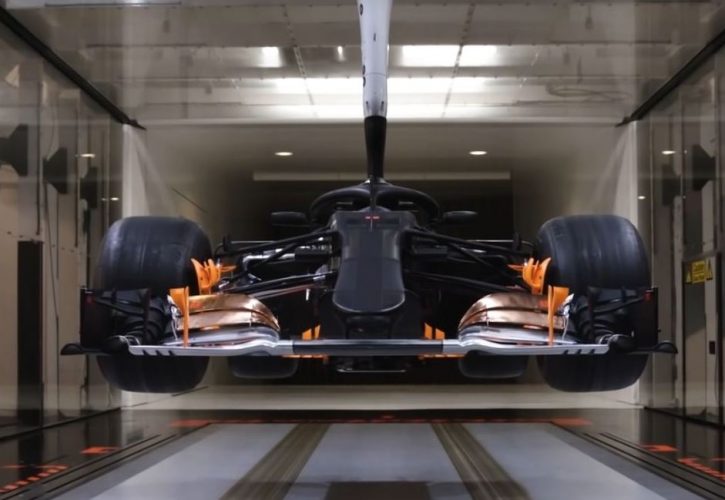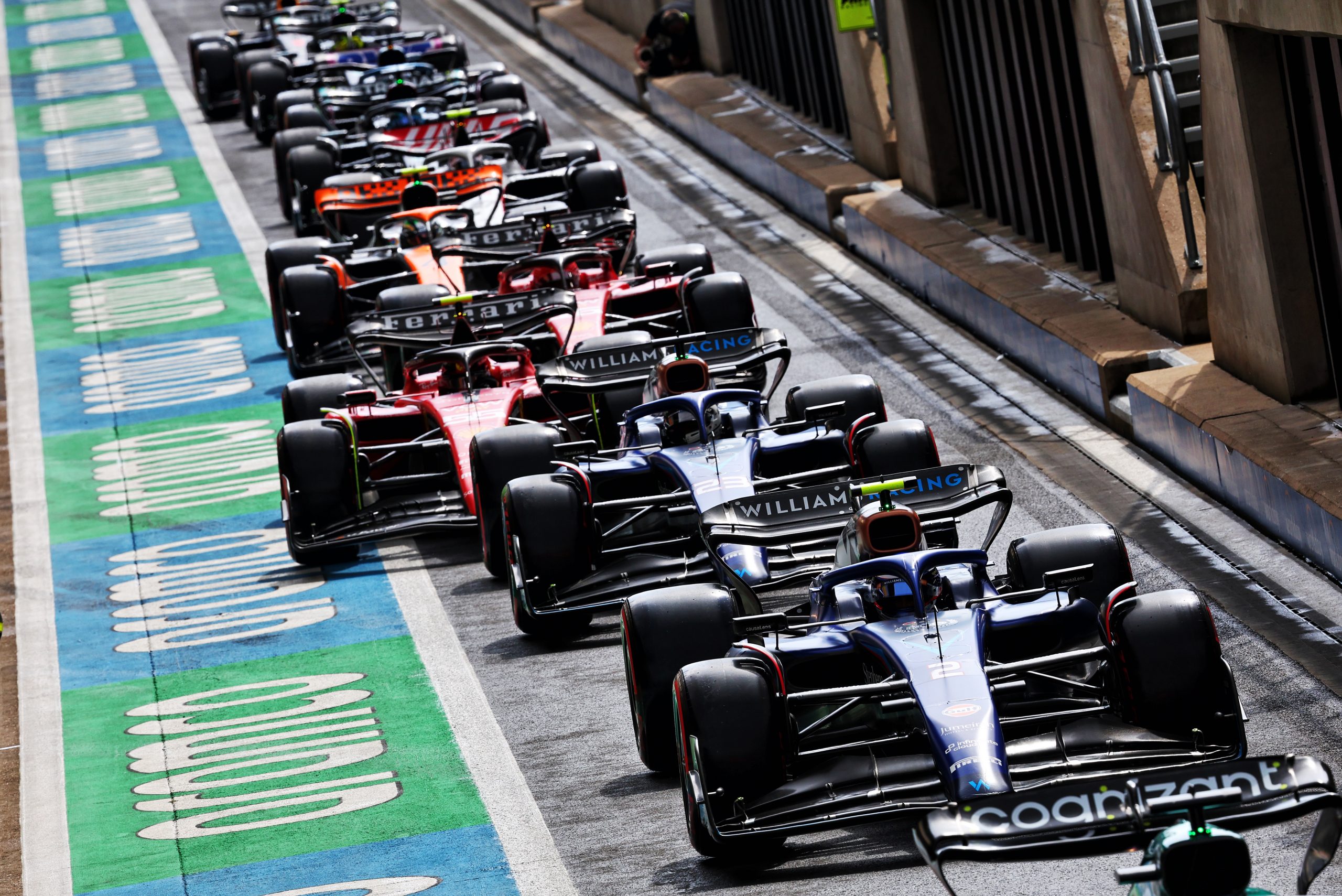
Following an agreement at a recent meeting in Abu Dhabi, the F1 Commission decided to halt all development work on the next generation of Formula 1 cars until the start of the 2025 season.
This decision, which applies to wind tunnel and CFD work involving a team’s 2026 design, has now been formalized and added to F1’s current and 2024 sporting regulations.
F1’s technical regulations will remain unchanged for 2024 and 2025, but the development restriction was ratified to ensure that no team gains an early advantage over its rivals before January 1, 2025, when everyone will be free to work on their next-generation designs.
The sporting regulations now state: “In order to prevent testing which aims to develop for the 2026 season, from 1/12/2023 until 1/1/2025 inclusive, RWTT [restricted wind tunnel testing] may only be carried out using a scale model that substantially complies with the 2023, 2024 or 2025 F1 technical regulations.
“With the exception of dyno testing aimed to develop brake system components with minimal air ducting and provided such tests do not concurrently test (or in any way provide incidental data or knowledge on) the performance or endurance of parts or systems classified as bodywork, no wind tunnel testing may be carried out using car geometry partially or wholly compliant with and/or substantially derived from drafts and/or published versions of the 2026 F1 technical regulations or FIA proposed 2026 bodywork geometries and concepts.”
A similarly worded article in the rules also bans any 2026 CFD simulations until the end of 2024.
While the aerodynamic development freeze is in place, teams are still permitted to engage in preliminary research and development activities for the 2026 car that fall outside the scope of the restriction rules.

This allowance aims to allow teams to gather valuable data and insights without compromising the integrity of the development process.
The 2024 F1 sporting regulations also introduce several other notable changes. The alternative tyre allocation has been scrapped, and the number of days allowed for Pirelli tyre testing has been increased from 35 to 40.
Additionally, teams can now conduct tyre testing throughout the year, rather than being confined to a specific period between the first race and December 15.
Furthermore, the regulations incorporate four dedicated days for an FIA project focused on reducing spray during races. This initiative stems from an unsuccessful experiment conducted at Silverstone in July, and the designated testing days aim to refine the spray reduction techniques and enhance driver visibility.
In other recently confirmed changes, the notification period for a standing start has been reduced from two minutes to one minute, and the pitlane opening time has been trimmed from 50 minutes before the start to 40 minutes. These adjustments aim to streamline the pre-race procedure and enhance the overall efficiency of the race weekend.
These modifications to the 2024 F1 sporting regulations reflect the FIA's commitment to ensuring a fair, competitive, and cost-effective environment for all teams.
Keep up to date with all the F1 news via Facebook and Twitter







